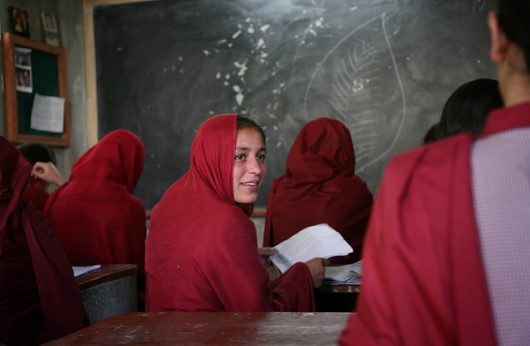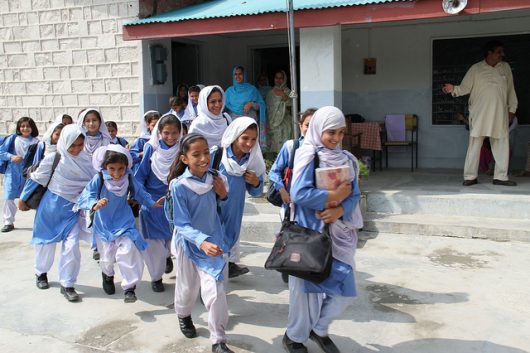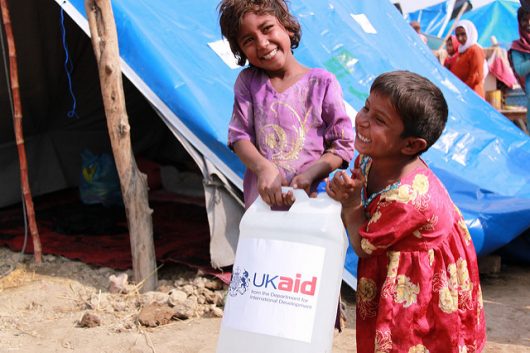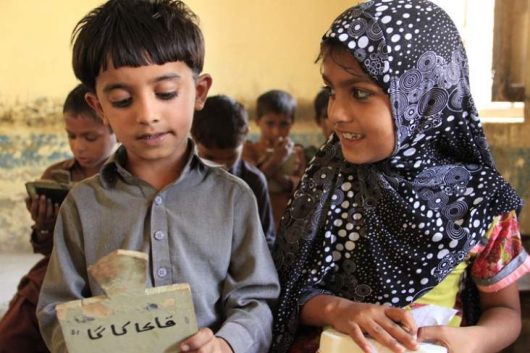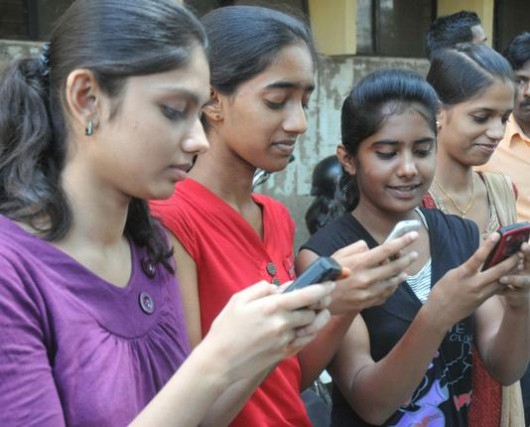 Education is the cornerstone for progress and development in any nation. In Pakistan, an estimated 22.8 million children between 5-16 are out of school, accounting for 44% of the total population in this age range. Even those within the educational system face significant challenges due to a lack of funding, such as low-quality teaching and lack of resources. Education deprivation also unfortunately reinforces class and gender inequality; gender-wise, boys outnumber girls at every stage of education.
Education is the cornerstone for progress and development in any nation. In Pakistan, an estimated 22.8 million children between 5-16 are out of school, accounting for 44% of the total population in this age range. Even those within the educational system face significant challenges due to a lack of funding, such as low-quality teaching and lack of resources. Education deprivation also unfortunately reinforces class and gender inequality; gender-wise, boys outnumber girls at every stage of education.
Enter the Teach the World Foundation, a nonprofit organization dedicated to transforming education in Pakistan by harnessing the power of technology to advance literacy in developing countries. The Foundation firmly believes that the conventional educational system falls short of providing children from underprivileged backgrounds with the opportunity for a quality education. Recognizing this gap, the Foundation employs innovative digital learning methods demonstrating exceptional efficiency through a proof-of-concept. These digital approaches are carefully curated to promote self-learning, ensuring scalability and cost-effectiveness.
Currently, in Pakistan, the Teach the World Foundation is actively engaged in educational initiatives in Karachi, Islamabad and Lahore, with a strong commitment to expanding its reach. The Foundation’s ongoing programs in Pakistan include in-school initiatives, micro-school programs and smartphone-based learning programs. A closer look into these programs reveals the innovative methods used by Teach the World to tackle poverty through education in Pakistan.
In-School Initiatives
Teach the World Foundation recognizes the power of collaboration in transforming education in Pakistan and has actively formed partnerships with other NGOs and schools in various regions. The foundation has devised innovative solutions to tackle the shortage of proficient English teachers, a key impediment to effective learning. In a world rapidly becoming more globalized, English proficiency appears to be crucial. However, attracting skilled English teachers is challenging due to higher-paying opportunities in alternative job sectors. The foundation introduced advanced educational games featuring “best-in-class” content in English, math and local languages to bridge this gap. Notably, students engaging with these interactive tools demonstrated a remarkable two times improvement in performance compared to control groups. Beyond academic achievement, the initiative nurtures essential modern skills such as digital literacy, self-learning and self-confidence.
An exemplary case in Karachi involves partnering with The Citizens Foundation (TCF) on a pilot program in 2017. The initiative began with 240 kindergarten, first and second-grade children. To date, there has been remarkable progress in 40 students, who have shown proficiency in English and Maths and increased self-confidence. The next steps for this program involve expanding its reach, increasing partnerships with other schools, and extending the curriculum to include Urdu content. For instance, in Islamabad, with the aid of the Moawin Foundation, there are plans to expand from two to 23 schools, potentially benefiting up to 8,700 children.
Micro-schools
Micro-schools, introduced by Teach the World Foundation in 2021, represent a revolutionary approach to education delivery. These one-room schools are powered by digital learning software, providing a scalable and cost-effective solution to the shortage of teachers and schools in Pakistan. There are five micro-schools in Karachi and two in Lahore, with ambitious plans to establish 500-1000 such schools in the next five years. Micro-schools’ power lies in their efficiency – requiring minimal staff, space and no conventional teachers. This scalability has a high potential for positive impact, particularly in rural areas where educational resources are severely lacking. A case in point is the province of Baluchistan, where an alarming 70% of children do not attend school. The potential for micro-schools to address this stark educational disparity in rural regions is promising.
Smartphone Programs
In response to the widespread availability of smartphones among parents of school-going children, Teach the World Foundation has piloted smartphone-based learning programs. This initiative takes advantage of the fact that 24 million parents of school-going children own smartphones. Parents are introduced to the home-schooling initiative and encouraged to download the Foundation’s learning application for their children. Regular check-ins with facilitators and weekly online quizzes reinforce the learning process. This approach addresses logistical challenges, actively involves parents in educating their children and encourages family literacy.
The foundation’s current pilot program involves 1,500 children in Islamabad and Bangladesh. The cost-effectiveness of this program, with only an initial application creation cost, positions it as a highly scalable model. Teach the World continues to explore partnerships and refine its approach, and there is optimism that this smartphone-based program could extend its impact to millions of students, addressing accessibility and cost barriers in education.
Looking Ahead
Teach the World Foundation’s multifaceted approach to education in cities like Karachi, Lahore and Islamabad exemplifies a commitment to innovation and inclusivity. The foundation is transforming education in Pakistan through in-school initiatives, micro-schools and smartphone programs. As these initiatives continue to grow and evolve, the vision of widespread, high-quality education in Pakistan draws closer to reality. The foundation’s success stories show the transformative potential of digital learning in addressing educational challenges and fostering a brighter future for Pakistan.
– Haniya Rahman
Photo: Unsplash

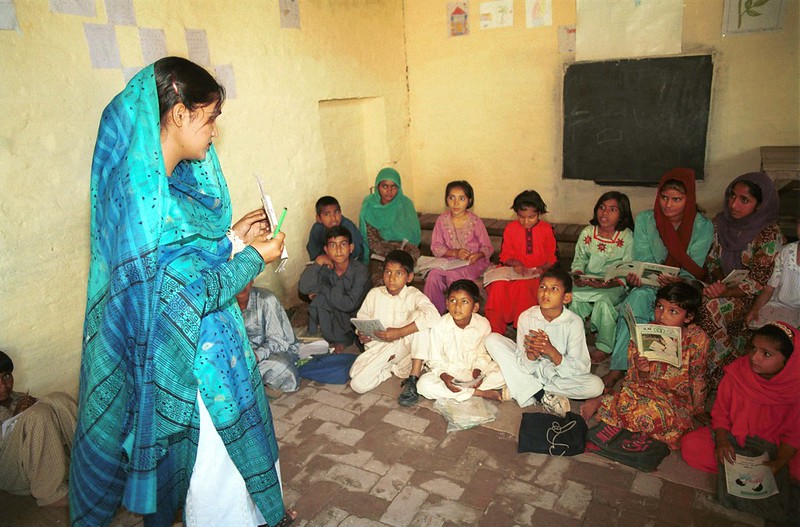 Although schooling is compulsory in Pakistan for kids aged 5 to 16, it is not as accessible as it could be. Nearly
Although schooling is compulsory in Pakistan for kids aged 5 to 16, it is not as accessible as it could be. Nearly 